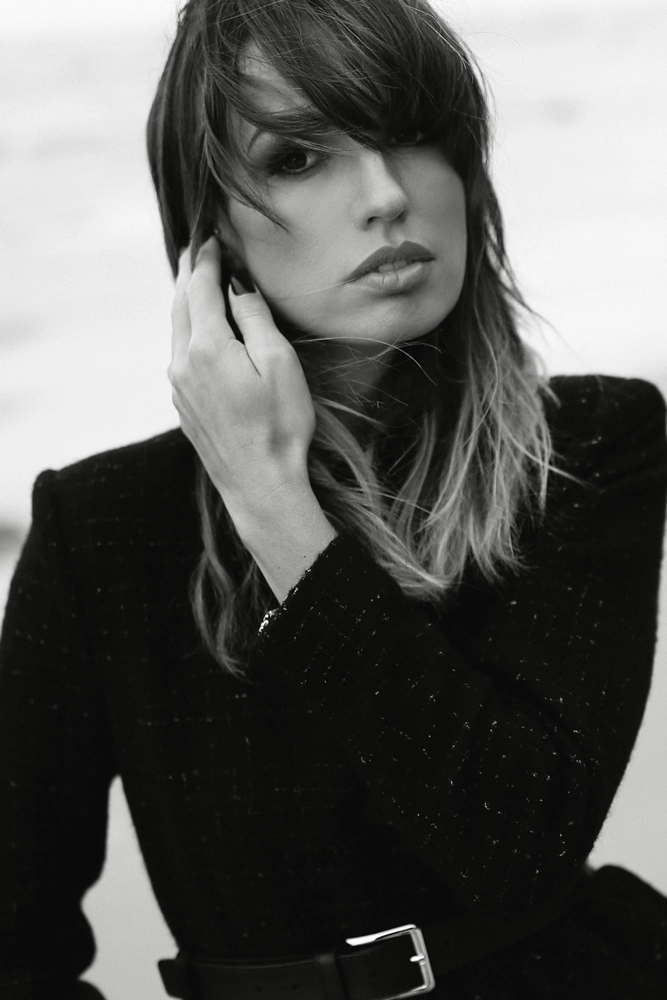Born in Lithuania and raised along the Amber Coast, Monika Maroziene’s work is a fusion of science and emotion, discipline and instinct. With a master’s degree in chemistry, her artistic journey began from a quiet yearning, what she calls “a void where art should be.” That longing gradually led her to photography, where she found the perfect medium to weave her scientific understanding with deep rooted personal stories and poetic vision.
Her approach is experimental and tactile. By melting pine tree resin onto her black-and-white prints, Monika not only enhances the texture and warmth of her imagery but also introduces natural preservation qualities. This technique plays a central role in her latest series, Woman and The Sea (later called Amber Coast), a deeply personal project that pays homage to the Amber Coast of her childhood. The use of raw, unfossilised resin adds a subtle golden hue and evokes the scent and spirit of Baltic summers.
In Monika’s work, art and chemistry converge into a quiet kind of alchemy. Her images are defined by a strong visual identity, at once melancholic and ironic, delicate yet resolute. Her subjects, often women, are portrayed as multifaceted beings: powerful, enigmatic, nurturing, dramatic, and elusive. She draws inspiration from the unique landscape of the Curonian Spit, with its ever changing dunes and untamed sea, and from the women who shaped her, especially her grandmother.
“My photography is a form of freedom,” she says. “Solitude shaped me. The silence, the seagulls, the endless rhythm of waves, these moments now live in my images. I work in black and white because colour feels out of place in the world I capture. The touch of pine resin brings back the warmth of sunlit days and the memory of home.”
Her evocative work has received international recognition:
Fine Art Photographer of the Year – 1st Place, Monochrome Photography Awards 2024,
1st Place and Gold Winner, Fine Art/Portrait – Tokyo International Foto Awards 2024 (TIFA),
Silver Winner – Prix de la Photographie Paris (PX3) 2024,
Silver, Fine Art/Nudes – Budapest International Foto Awards (BIFA) 2024,
Bronze and Honorable Mention – Exposure One Awards 2025,
Bronze, Fine Art – One Eyeland Awards 2024,
Honorable Mention – International Photography Awards (IPA) 2024
Her photographs have been exhibited at Trieste Photo Days and featured in renowned publications, including the URBAN Photo Awards catalogue and the Monochrome Photography Awards Annual Book 2024. She also held a solo exhibition at Petra Gut Contemporary Art Gallery in Switzerland and took part in a group show featured by Profifoto magazine during the opening of the 56th Rencontres d’Arles in 2025.
AAP Magazine:
AAP Magazine 49: B&W
